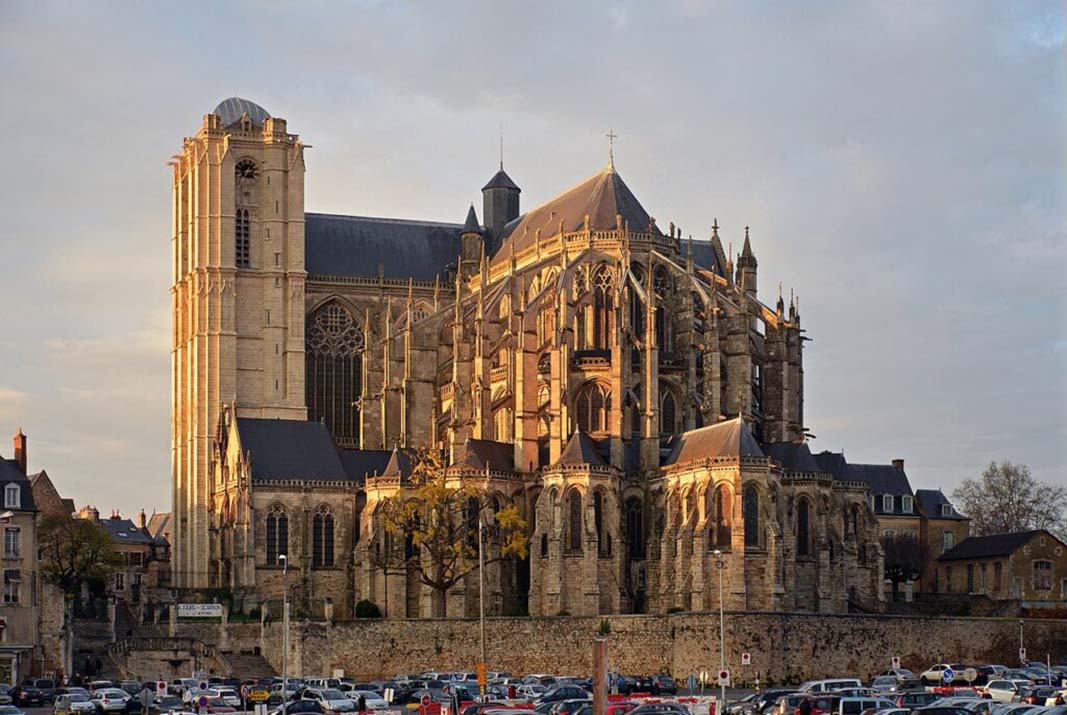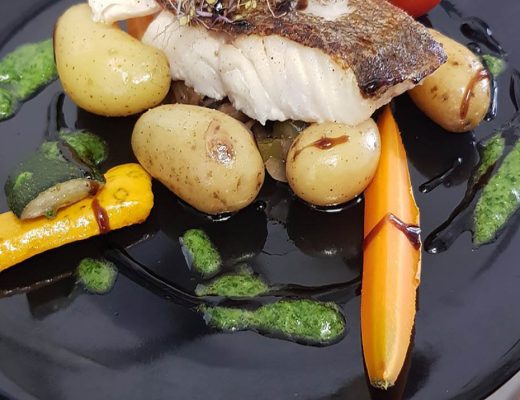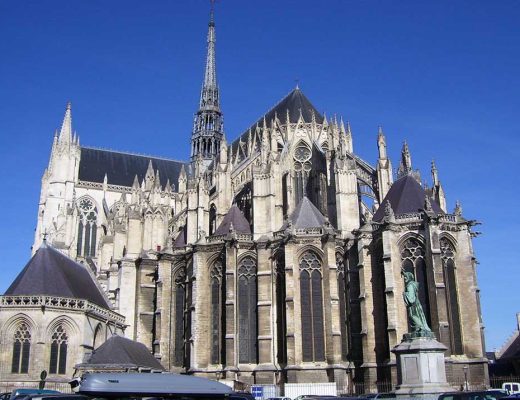The first time I stepped off the train at Gare du Mans, the crisp autumn air immediately wrapped around me, bringing a hint of smoke from nearby bakeries and the faint sea-salt aroma carried by the Atlantic breeze. I had arrived at a city renowned for both its medieval architecture and the world-famous 24 Hours of Le Mans car race. Yet, this trip was different: I was here to immerse myself in the rhythm and vibrancy of Le Mans’ festival culture, focusing on the colorful, bustling events that take place every November.
My journey began with careful planning. I booked my train ticket from Paris through SNCF Connect, ensuring flexibility for the changing November weather. I secured a cozy boutique hotel near the city center via Booking.com, where the host offered personal tips for navigating the festivals and local markets. I also reserved a few dinner spots through TheFork (LaFourchette) to guarantee a warm, well-prepared meal after long days exploring the events. By the time I left the station, I felt an anticipatory energy, as if the city itself was preparing to reveal its November soul.
The Magic of Le Mans in November
November in Le Mans carries a quiet beauty, unlike the summer months crowded with tourists. The days are shorter, the sun soft and golden, and the air is brisk but invigorating. Trees lining the cobblestone streets shed amber and copper leaves, decorating the medieval quarter with natural artistry. Yet, despite the chill, the city bursts with life during its autumn festivals. I arrived just as the first festival lights were being hung in the streets, and the smell of roasted chestnuts mingled with that of simmering cider, signaling that the celebrations had begun.
The most prominent November events in Le Mans revolve around food, music, and cultural heritage. These festivals not only provide entertainment but also allow locals and visitors to connect over shared traditions. For me, each event became an opportunity to feel part of a living, breathing city, one where history, art, and contemporary life intersect.
Fête de la Saint-Martin
Location and Overview
One of the highlights in early November is the Fête de la Saint-Martin, held in the city’s historic squares, particularly Place de la République and Place des Jacobins. The festival celebrates Saint Martin, the patron saint of the city, and marks the beginning of winter festivities.
Walking through the square, I was immediately drawn to the procession of lights, where locals carried lanterns shaped like stars, animals, and whimsical figures. The cobblestones shimmered under the glow, reflecting the flickering flames and creating a warm, ethereal atmosphere. Street performers played gentle folk music, and children ran through the alleys carrying tiny illuminated lanterns, their laughter echoing through the ancient streets.
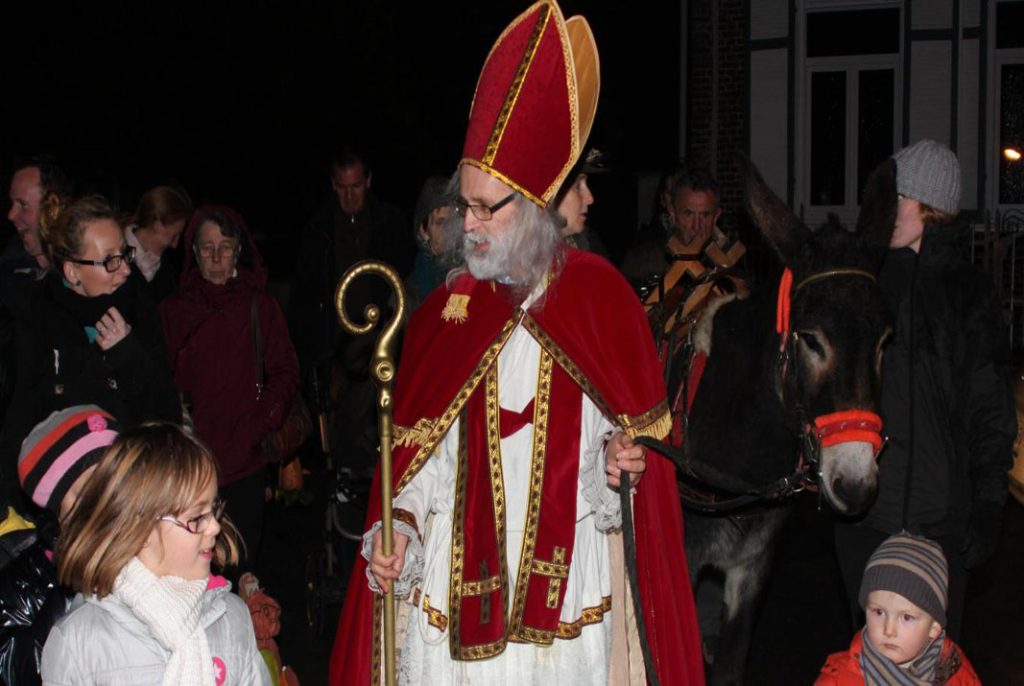
Must-See Features
The central attraction was the lantern procession, which begins around 6:00 PM. Watching the intricate designs float down the street felt magical. I particularly enjoyed a lantern in the shape of a rooster, crafted by local artisans. Its colors reflected in the surrounding windows, creating a playful interaction of light.
Another remarkable feature was the food stalls lining the square. Traditional French treats, such as crêpes with chestnut cream, hot mulled cider (vin chaud), and roasted marrons (chestnuts), filled the air with intoxicating scents. I sampled a crêpe filled with local apples and caramel, and the combination of sweet warmth with the cool November air created an immediate sense of comfort and nostalgia.
Tips for Visitors
Arriving around 5:30 PM allows you to find a good spot for the lantern procession and secure seating at the food stalls. Carrying a small backpack with a water bottle and cash is advisable, as some smaller stalls may not accept cards. Dressing warmly is essential—the November evening chill can be sharp, especially near the river.
Booking in advance is possible for certain food tastings or craft workshops during the festival. Platforms like GetYourGuide often feature guided tours that include historical explanations and reserved spots for artisan workshops.
Marche Automnal (Autumn Market)
Location and Atmosphere
Another must-visit event in November is the Marche Automnal, or Autumn Market, which takes place at Place des Jacobins and stretches along the adjacent streets. The market focuses on seasonal produce, crafts, and local delicacies, offering an authentic glimpse into Le Mans’ culinary traditions.
I arrived mid-morning when the stalls were bustling with activity. Farmers displayed baskets of pumpkins, squash, and root vegetables in vivid autumn colors. Artisans arranged jars of preserves, honey, and mustard in symmetrical, almost artistic patterns. The smell of fresh bread and pastries from nearby boulangeries mixed with the aroma of roasted meats, creating a sensory panorama that made it impossible to walk past anything without stopping.
Must-Try Delights
The market is a treasure trove for food lovers. I made my first stop at a stall selling huîtres de Cancale, fresh oysters from Brittany. The vendor shucked them before my eyes, handing over a small tray with lemon wedges. The briny, crisp flavor was a perfect reflection of the Atlantic, and at €8–€12 per dozen, it was both affordable and exquisite.
Nearby, a charcuterie stall featured rillettes du Mans, a slow-cooked pork spread with a coarse, rustic texture. I bought a small tub for around €6 and paired it with a crusty baguette, savoring the combination while watching children play nearby.
For dessert, I indulged in tarte aux pommes, a thin, golden pastry with spiced apples. A vendor carefully dusted each slice with powdered sugar, the aroma immediately drawing a crowd. I paired it with a cup of vin chaud, spiced with cinnamon and orange peel, which kept me warm as I wandered through the market.
Tips for Visitors
Arrive early, around 9:00 AM, to get the freshest produce and avoid the busiest crowds. Some vendors offer discounts toward closing time for items that are perishable, so a later visit can also yield bargains. A reusable tote or backpack is helpful for carrying purchases, and wearing comfortable shoes is essential for navigating the uneven cobblestone streets.
Festival of Lights (Fête des Lumières)
Location and Highlights
The Fête des Lumières is one of the most visually striking events in November, primarily held along Rue de la République, Place Saint-Pierre, and Place des Jacobins. Entire streets are adorned with illuminated installations, some static, some kinetic, creating a mesmerizing spectacle that draws visitors from across the region.
Walking through these streets at dusk, I felt immersed in a living painting. Light sculptures depict everything from abstract patterns to playful animals, often synchronized with music. Families, couples, and tourists meandered slowly, capturing photographs or simply enjoying the gentle magic.
A standout installation near the cathedral displayed hundreds of tiny lanterns hanging in geometric patterns above the street. The movement of the lanterns in the evening wind created a shimmering dance, and the reflection on wet pavement amplified the effect.
Food and Drink at the Festival
Stalls line the edges of the illuminated streets, offering warming beverages and snacks. I sampled chestnut crepes and sipped hot chocolate infused with orange zest, feeling the perfect balance of sweetness and citrus warmth. Vendors also offered local cider and mulled wine, ideal for navigating the chilly November evening.
Tips for Visitors
Arriving before sunset ensures you can enjoy both the preparation of the installations and the full visual effect after dark. Bringing a small flashlight or phone with sufficient battery is useful for reading menus or navigating crowded areas. Platforms like TheFork sometimes offer reservations for nearby restaurants, allowing visitors to enjoy a warm meal after wandering through illuminated streets.
Music and Cultural Events
Classical and Folk Concerts
November in Le Mans also brings music festivals, with both classical and folk concerts. Venues such as Salle des fêtes de la Mairie and Le Théâtre du Palais host performances that range from chamber music to contemporary folk. I attended a folk concert at Le Théâtre du Palais, where local musicians played songs inspired by the Loire and Normandy regions.
The acoustics of the theater, combined with the intimate audience setting, allowed me to feel each note resonate deeply. Watching performers interact with the crowd, sharing anecdotes about the origin of each song, gave the experience a personal dimension.
Tips for Attending
Booking tickets in advance is recommended, especially for popular concerts. Websites like GetYourGuide or Ticketmaster France provide reliable access, and early booking sometimes offers discounts or better seating options. Arrive at least 15–20 minutes early to explore the venue and soak in the pre-concert atmosphere.
Parade of Local Artisans
Throughout November, Le Mans organizes smaller parades highlighting local artisans, often moving through streets near Place des Jacobins and the Old Town. I followed one such parade, where craftsmen demonstrated pottery, leatherwork, and woodworking while locals sold handmade goods.
Observing artisans at work, I could appreciate the labor, passion, and precision that go into each piece. I bought a small ceramic ornament as a keepsake, feeling a direct connection to the local culture.
Tips for Visitors
Arrive early for the artisan parades to interact with craftsmen. Many allow visitors to try their techniques under supervision, providing a tactile and memorable experience. Cash is preferred, especially for smaller items, though some vendors accept cards.
Local Food Workshops
Some festivals in November include food workshops, often conducted in collaboration with Marché des Jacobins vendors or local culinary schools. I participated in a pâté and cheese pairing workshop at a small venue near Rue de la Couture, learning the subtle differences in textures and flavors that make Le Mans’ food culture unique.
Tips for Attending
Sign up in advance on platforms like GetYourGuide, as spaces are limited. Workshops often provide tasting plates, so arriving hungry is a good idea. Comfortable clothing is advised if there is any hands-on cooking involved.
Navigating November Weather
November can be unpredictable in Le Mans, alternating between sunny, crisp days and drizzly, gray afternoons. Dressing in layers and carrying a small, portable umbrella proved invaluable during my visits to the various festivals. Warm gloves, a scarf, and waterproof shoes ensured that I could enjoy the parades, markets, and concerts without discomfort.
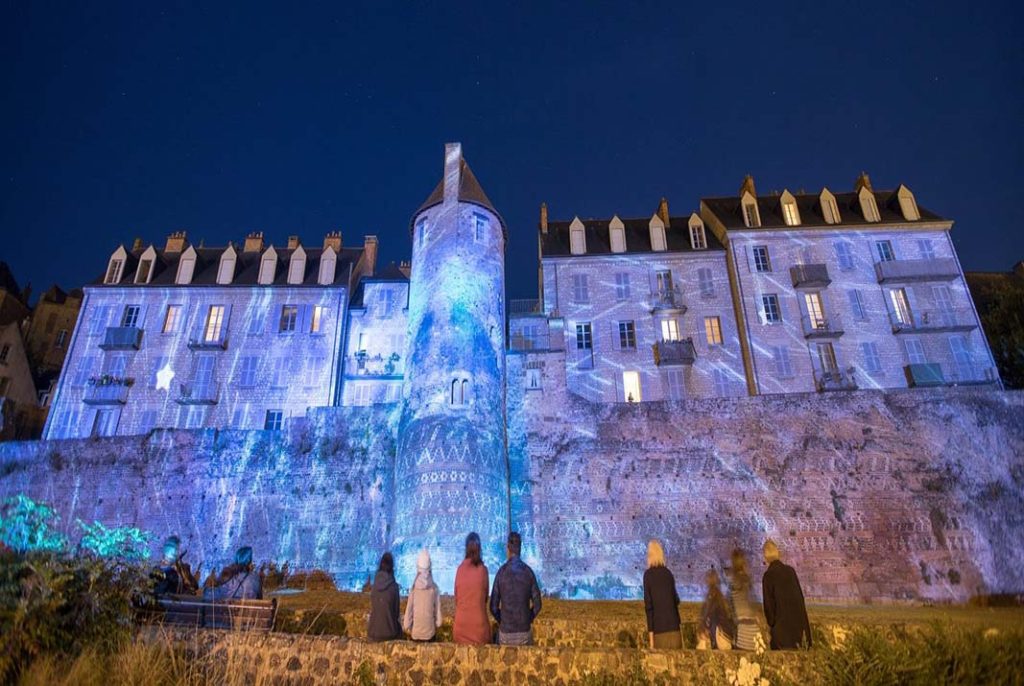
Travel and Booking Recommendations
Throughout my festival exploration, several platforms proved essential:
- Flights: Use Skyscanner or Google Flights to compare fares, particularly if arriving from other European cities. Direct booking with airlines like Air France often provides flexibility for schedule changes.
- Accommodation: Platforms like Booking.com, Hotels.com, or Airbnb offer options ranging from boutique hotels near the cathedral to cozy apartments in the Old Town. Booking early in November ensures availability for festival weekends.
- Restaurants: TheFork (LaFourchette) is invaluable for reserving tables during festivals, especially for popular spots offering seasonal menus.
- Tickets and Tours: GetYourGuide provides guided market tours, artisan workshops, and access to concerts, often with skip-the-line options or package deals.
Personal Reflections on Le Mans Festivals
Navigating the festival-filled streets of Le Mans in November felt like stepping into a living tapestry of culture, history, and flavor. Each festival, from the lantern-lit streets to the artisan parades, offered a unique window into the city’s soul. The markets were fragrant and bustling, the music intimate and heartfelt, and the culinary workshops left lasting impressions on both palate and memory.
I wandered through the streets with roasted chestnuts warming my hands, sipped mulled wine as I watched illuminated lanterns sway above the cobblestones, and listened to folk music resonating in centuries-old theaters. Every encounter—with vendors, artisans, performers—added depth to my understanding of Le Mans as a city where history and modernity meet, where festivals act as bridges connecting the community and visitors through shared experiences.
